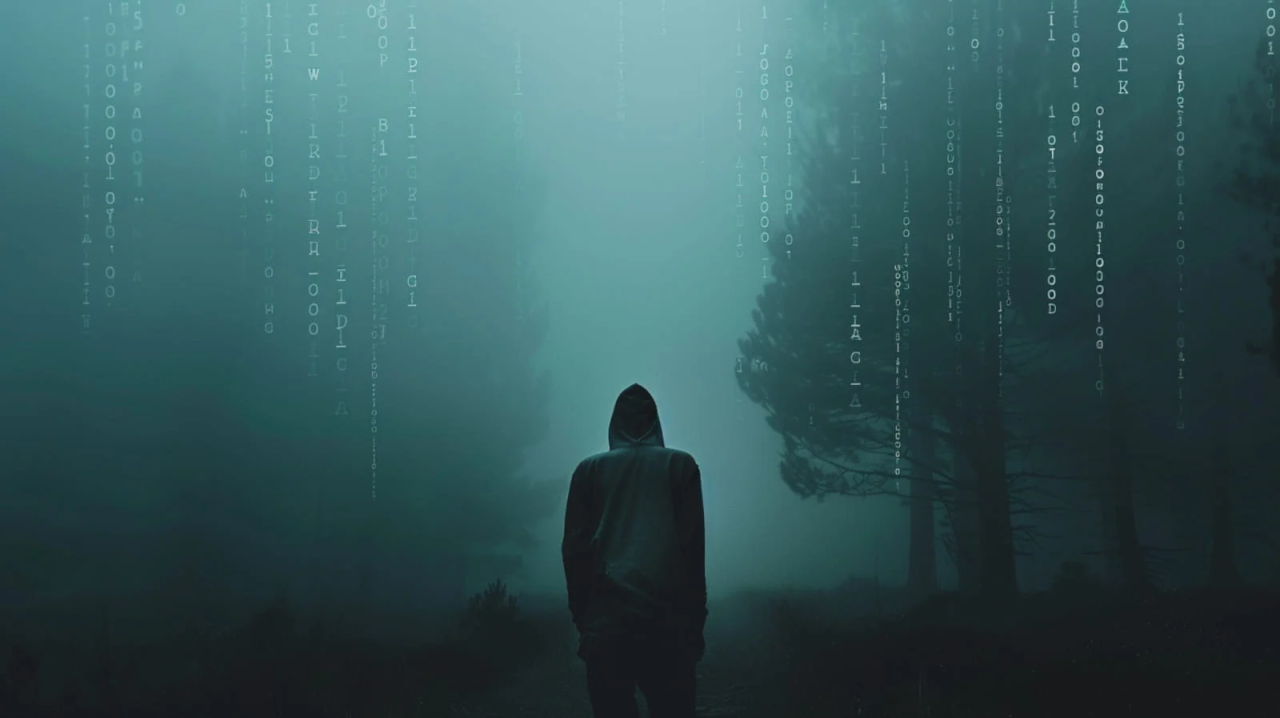New Fog ransomware targets US education sector via breached VPNs
A new ransomware operation named 'Fog' launched in early May 2024, is using compromised VPN credentials to breach the networks of educational organizations in the U.S.
Fog was discovered by Artic Wolf Labs, which reported that the ransomware operation has not set up an extortion portal yet and was not observed stealing data.
However, it was confirmed the ransomware gang steals data for double-extortion attacks, using the data as leverage to scare victims into paying.
VPNs for initial access
Fog's operators accessed victim environments using compromised VPN credentials from at least two different VPN gateway vendors.
"In each of the cases investigated, forensic evidence indicated that threat actors were able to access victim environments by leveraging compromised VPN credentials," explains Artic Wolf Labs.
"Notably, the remote access occurred through two separate VPN gateway vendors. The last documented threat activity in our cases occurred on May 23, 2024."
Once they gain access to the internal network, the attackers perform "pass-the-hash" attacks on administrator accounts, which are used to establish RDP connections to Windows servers running Hyper-V.
Alternatively, credential stuffing is used to hijack valuable accounts, followed by PsExec deployment on multiple hosts.
On Windows servers, Fog operators disable Windows Defender to prevent notifications alerting the victim before the execution of the encrypter.
When the ransomware is deployed, it performs Windows API calls to gather information about the system, such as the number of available logical processors to allocate threads for a multi-threaded encryption routine.
Before starting the encryption, the ransomware terminates a list of processes and services based on a hardcoded list in its configuration.
The ransomware encrypts VMDK files in Virtual Machine (VM) storage and deletes backups from object storage in Veeam and Windows volume shadow copies to prevent easy restoration.
Encrypted files are appended the '.FOG' or '.FLOCKED' extension, though this can be set from the JSON-based configuration block to anything the operator wants.
Finally, a ransom note is created and dropped on impacted directories, providing instructions to the victims on paying for a decryption key that will help them get their files back.
From an attack seen, the ransom note is named readme.txt and contains a link to a Tor dark website used for negotiation. This site is a basic chat interface allowing the ransomware victim to negotiate a ransom demand with the threat actors and get a list of stolen files.
It can also be confirmed that the Tor negotiation site is the same for both the .FOG and .FLOCKED extensions, with ongoing attacks using either extension.
The ransomware gang demanded hundreds of thousands to receive a decryptor and delete the stolen data. However, it is likely more for larger companies.
Arctic Wolf Labs says it is currently unclear if Fog operates as an open ransomware-as-a-service (RaaS) that accepts affiliates or if a small private circle of cybercriminals is behind it.



Comments